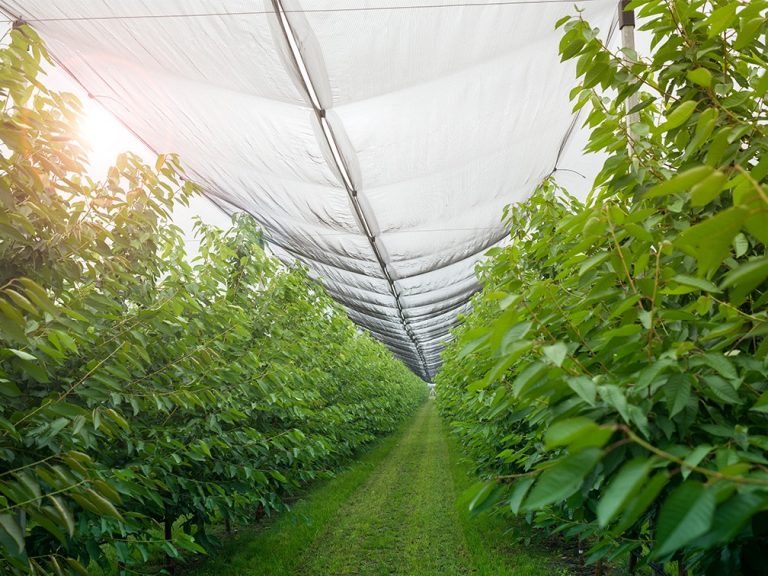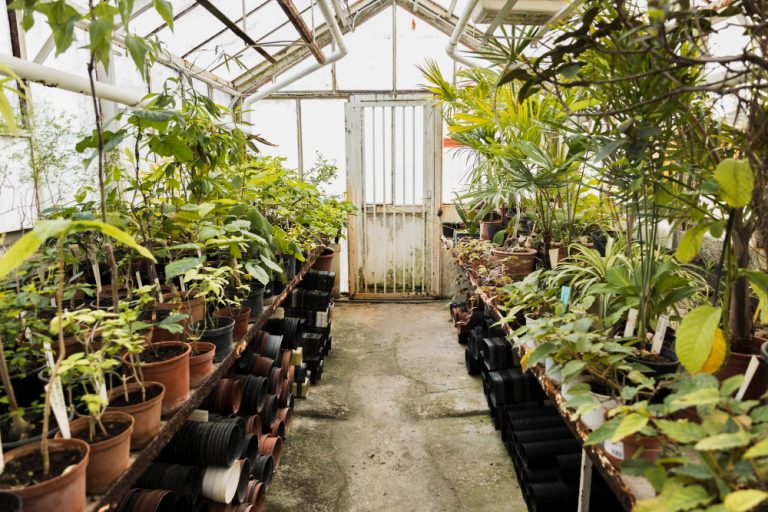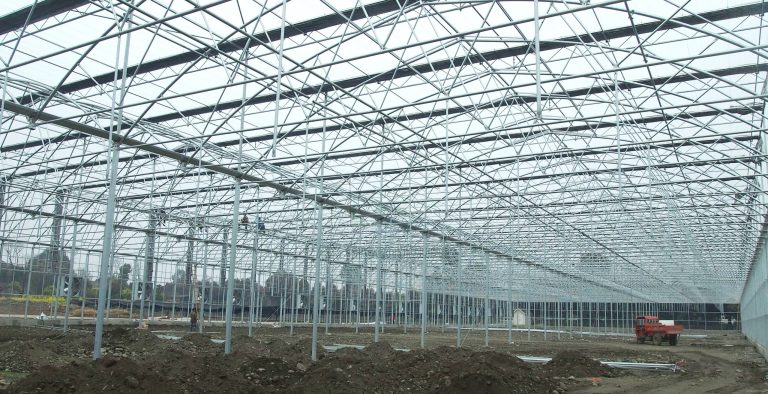The terms greenhouse and glasshouse are often used interchangeably, but there are some differences between them based on regional usage, construction materials, and nuances in design. Here’s a breakdown:
1. Material Used in Construction
Greenhouse:
- Broad Term: A greenhouse refers to any structure designed to create a controlled environment for growing plants, regardless of the material used.
- Materials:
- May use plastic films, polycarbonate sheets, or fiberglass as coverings.
- Frames can be made of metal, wood, or plastic.
- Flexible Designs: Greenhouses can be lightweight and temporary structures, often cheaper and easier to set up.
Glasshouse:
- Specific to Glass: A glasshouse is a type of greenhouse where the primary covering material is glass.
- Materials:
- Typically features glass panels for transparency and durability.
- Frames are often made of sturdy materials like steel or aluminum to support the heavier weight of glass.
- More Permanent: Glasshouses are usually more robust and long-lasting, but also more expensive.
2. Regional Terminology
- Greenhouse:
- Commonly used in North America and globally to refer to plant-growing structures, regardless of covering material.
- Glasshouse:
- Predominantly used in British English to describe a greenhouse made of glass.
- In some regions, “glasshouse” can also refer to traditional, older styles of greenhouses typically seen in botanical gardens or estates.
3. Light Transmission
- Greenhouse:
- Plastic coverings or polycarbonate materials may diffuse light, which can be beneficial for even light distribution inside but might slightly reduce total light intensity.
- These materials may degrade over time, reducing light transmission.
- Glasshouse:
- Glass provides superior light transmission (up to 90% or more) compared to most plastic or polycarbonate alternatives.
- Glass is durable and maintains high transparency over time, ensuring optimal light conditions for plant growth.
4. Thermal Insulation
- Greenhouse:
- Plastic or polycarbonate materials typically offer better thermal insulation than glass, helping to retain heat better during colder seasons.
- Some greenhouses use double-layered materials for enhanced insulation.
- Glasshouse:
- Glass is less effective as an insulator compared to modern greenhouse plastics, which can lead to greater heat loss in colder climates.
- Heating systems are often necessary for glasshouses in cooler weather.
5. Cost and Maintenance
- Greenhouse:
- Cost-Effective: Easier and cheaper to construct due to lightweight materials.
- Maintenance: Plastic coverings need periodic replacement as they degrade over time, typically lasting 3–7 years depending on quality.
- Glasshouse:
- Expensive: Higher upfront cost due to glass and the need for sturdy frames.
- Low Maintenance: Glass is durable and requires minimal replacement or maintenance over the long term.
6. Application and Usage
- Greenhouse:
- Suitable for a wide range of applications, from backyard gardening to large-scale commercial farming.
- Common in areas where budget-friendly and flexible solutions are needed.
- Glasshouse:
- Often used in botanical gardens, research institutions, and luxury estates where aesthetics and long-term durability are priorities.
- Also used for specific crops that require very high levels of light.
7. Durability and Weather Resistance
- Greenhouse:
- Plastic materials can tear or degrade under harsh weather conditions (e.g., strong winds, hail, UV exposure).
- Less sturdy compared to glasshouses but easier to repair.
- Glasshouse:
- Glass is highly durable and resistant to UV degradation.
- Can withstand extreme weather conditions better than most plastic-covered greenhouses but is at risk of breaking under hail or falling debris.
Summary Table
| Feature | Greenhouse | Glasshouse |
|---|---|---|
| Cover Material | Plastic, polycarbonate, fiberglass | Glass |
| Cost | More affordable | More expensive |
| Durability | Moderate | High |
| Light Transmission | Diffused | Clear and high |
| Insulation | Better | Moderate |
| Common Usage | Backyard, commercial farming | Botanical gardens, research |
| Regional Usage | North America, global | UK, British English |
Conclusion
The main difference between a greenhouse and a glasshouse lies in the covering material and sometimes the intended use. While all glasshouses are greenhouses, not all greenhouses are glasshouses. The choice between the two depends on your budget, climate, and specific plant-growing needs.




